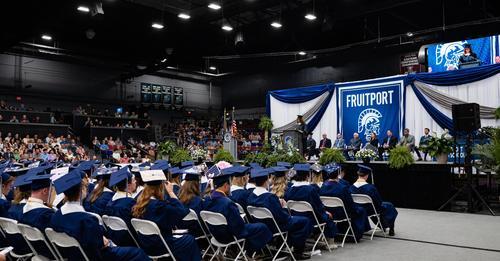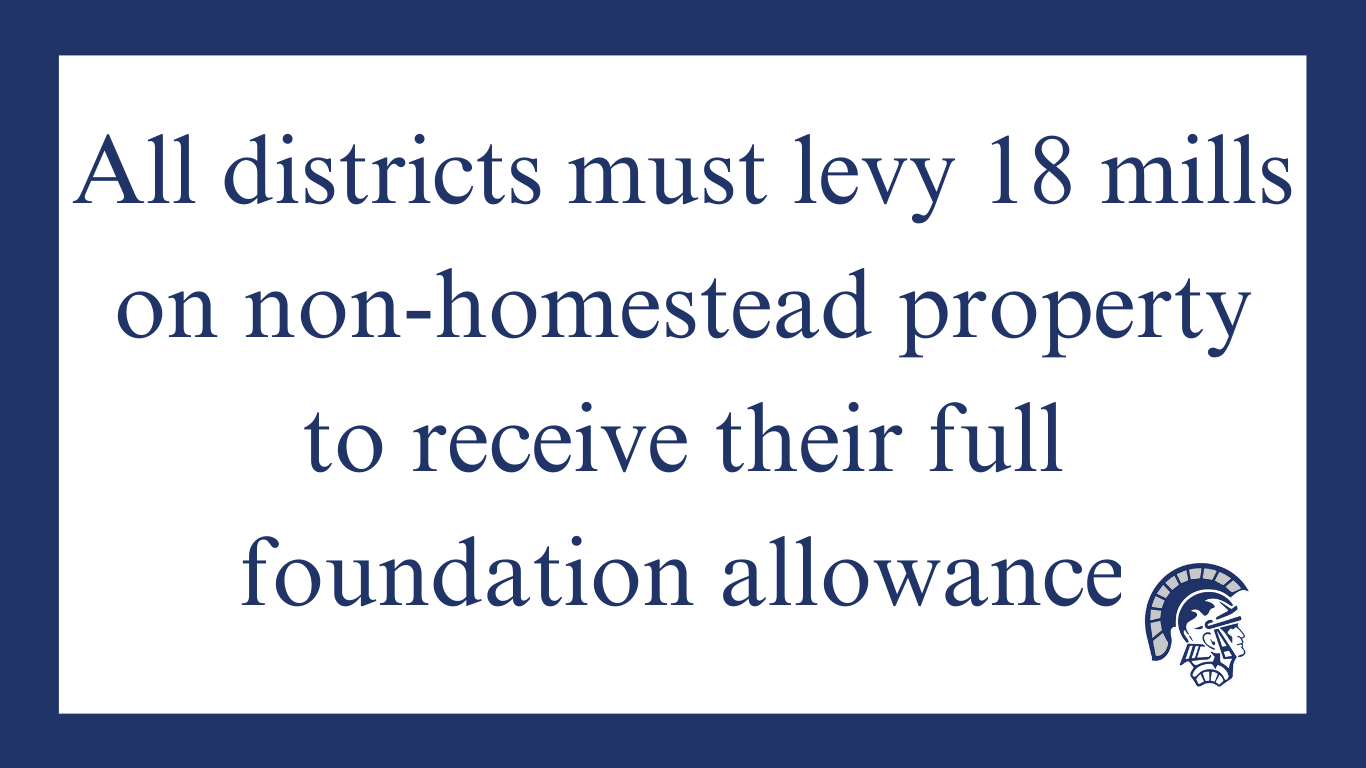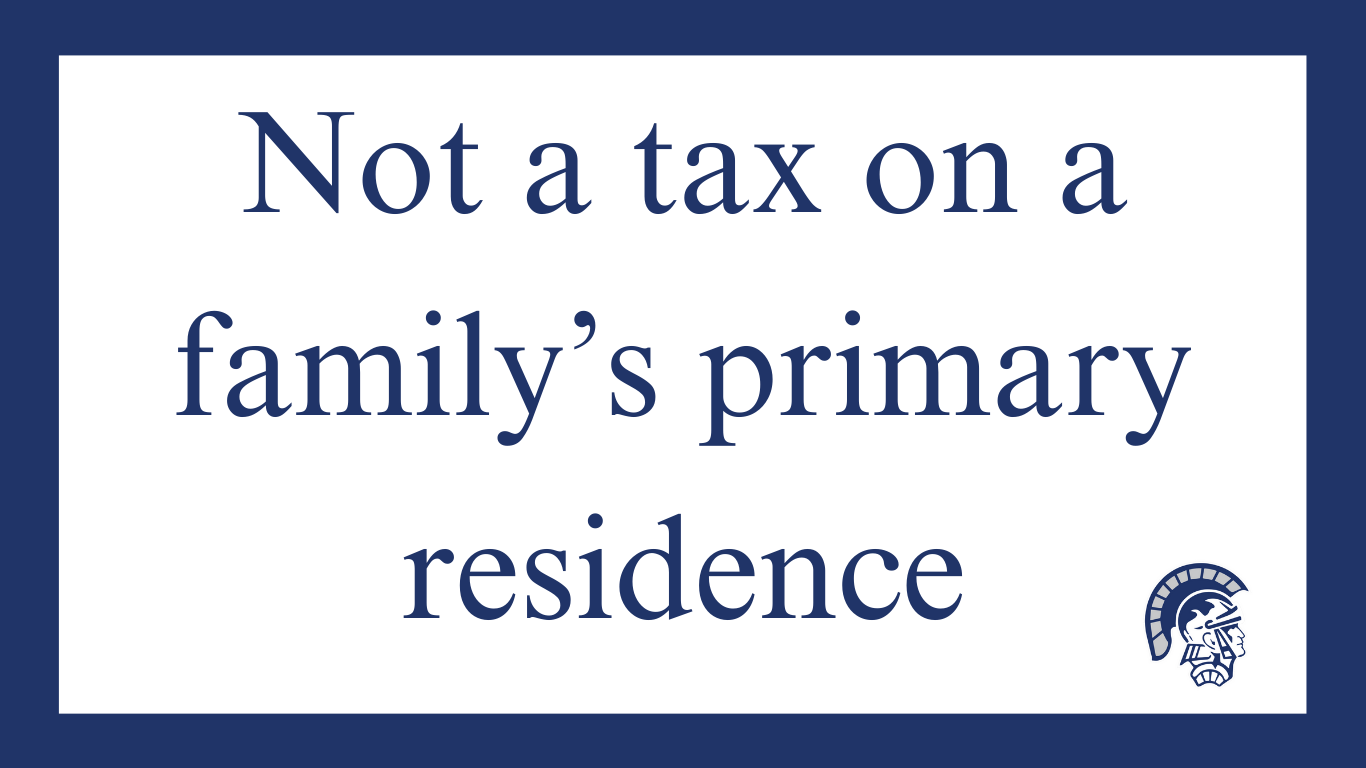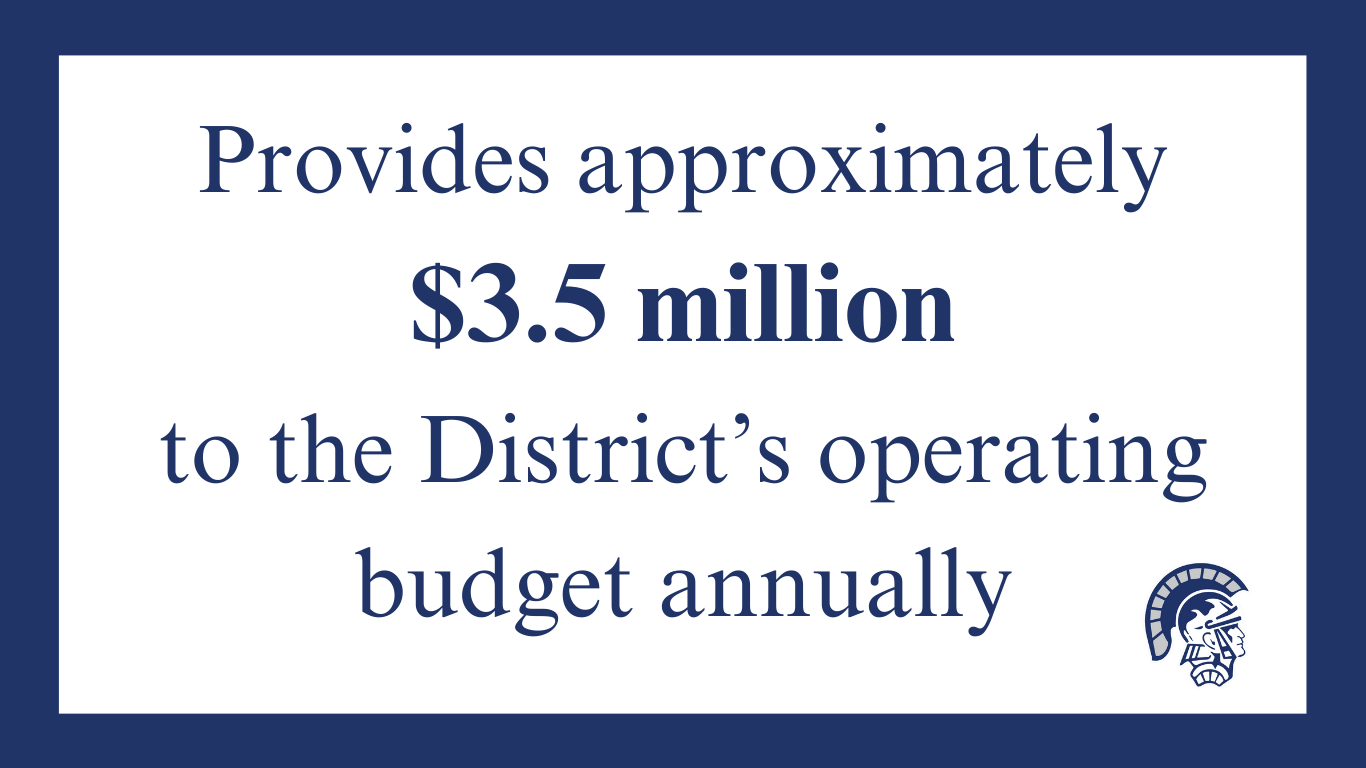What every taxpayer should know about the operating millage proposal:
All Michigan school districts must levy 18 mills on non-homestead property to receive their full foundation allowance – the major source of funding for Michigan schools.
The 18-mill levy costs the primary residence homeowner zero dollars ($0 per year). Owned primary residences do not pay the 18-mill tax.
If approved, the operating millage proposal would renew and increase the existing levy, which is limited to 18-mills on non-homestead properties, which include businesses, vacation homes, investment and rental properties.
If the operating millage proposal is not approved for 2025, per-pupil revenue for Fruitport Community Schools would equate to a loss of $3,502,941.68 in district funding.
The district is proposing a renewal of 17.9302 mills for a period of four (4) years, and also an increase of 0.5000 mill to restore millage lost as a result of the reduction required by the "Headlee" amendment of the Michigan Constitution of 1963, and will be levied only to the extent necessary to restore that reduction.
If approved, mills above 18 mills would be used to protect against future Headlee erosion, which can lower the millage rate to adjust for inflation. If the FCS millage rate falls below 18 mills, the district does not receive its full foundation allowance.
Non-Homestead Operating Millage Proposition Ballot Language and Summary of Ballot Proposition
Click on the links below to review the Non-homestead Operating Millage Ballot Proposal and the Summary of Ballot Proposition documents that were approved by the Board of Education on August 7, 2024:
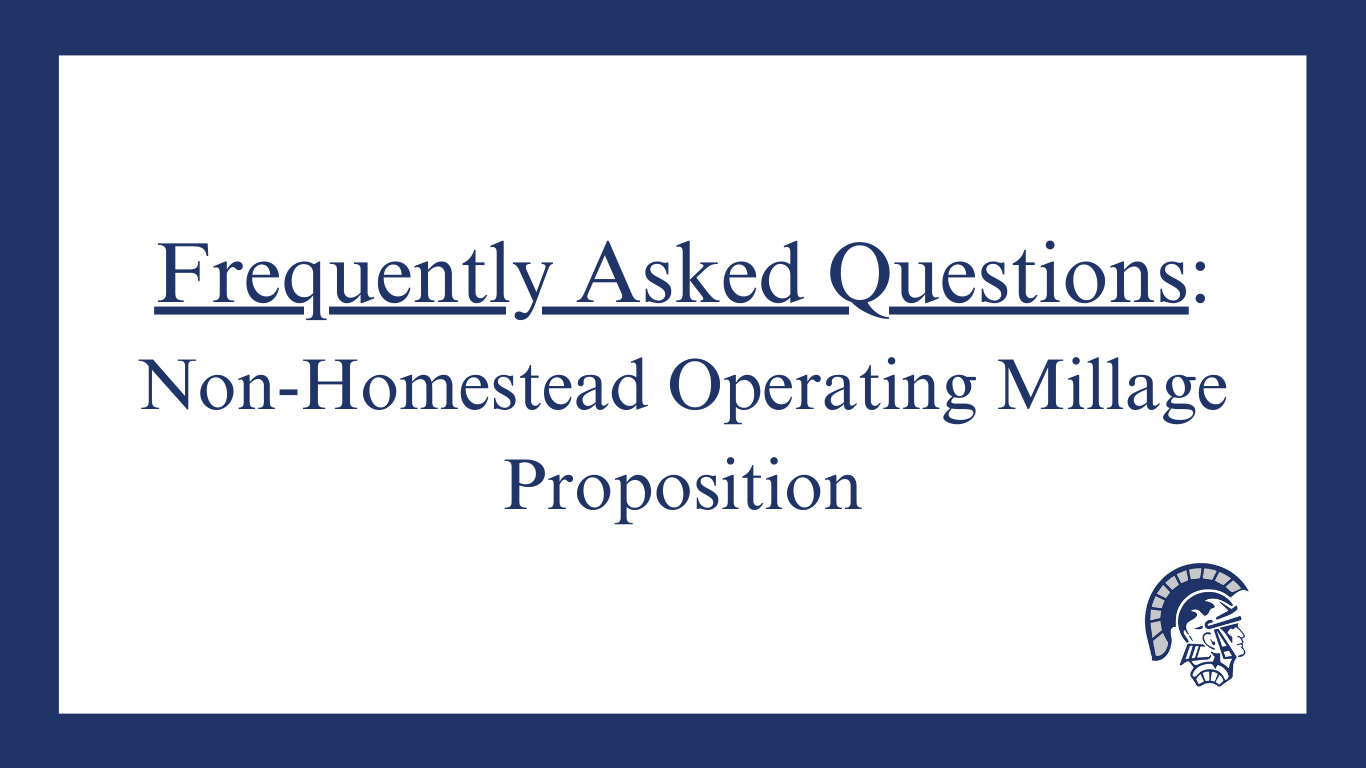
What is a non-homestead operating millage?
Owned primary residences do not pay the 18-mills tax ($0 per year). All Michigan school districts must levy 18 mills on non-homestead property to receive their full foundation allowance – the major source of funding for Michigan schools. The operating millage is a levy on non-homestead properties that are not an owned primary residence or qualified agricultural property, such as a business, vacation home, or investment and rental property.
The money the District receives from the millage supports day-to-day operations, including salaries for teachers and staff. This represents approximately 9.12% of the total fiscal year 2025 revenues.
Would tax rates increase for owned primary residences if voters approve the millage?
No. The 18-mill levy costs the primary residence homeowner zero dollars ($0 per year). Owned primary residences do not pay the 18-mill tax. The operating millage levy applies to non-homestead properties such as businesses, vacation homes, investment and rental properties.
The non-homestead operating millage was first levied in 1994 with the passage of Proposal A. FCS voters have periodically voted renewals and restorations of that millage over the years.
Why is a non-homestead millage important for Michigan school districts?
All school districts in Michigan must levy 18 mills on non-homestead property within district boundaries, such as a business, vacation home, investment and rental property, to receive their full foundation allowance, or per pupil funding, established by the state. If a Michigan school district does not levy the full 18 mills, it would not receive its full foundation allowance.
If the operating millage proposal is not approved for 2025, per-pupil revenue for Fruitport Community Schools would see a loss in District funding equivalent to $3,502,941.68 in fiscal year 2025-2026.
What happens if the millage is not approved by voters?
If the operating millage proposal is not approved for 2025, per-pupil revenue for Fruitport Community Schools would see a loss in District funding equivalent to $3,502,941.68 in fiscal year 2025-2026.
When was the last time the non-homestead millage was renewed for FCS?
On November 3, 2020, FCS voters last approved a levy for 18.500 mills on non-homestead property over a four (4) year period. The “Headlee” amendment millage reduction fraction has eroded the District’s operating millage, which now stands at 17.9302 mills. When the millage rate falls below 18 mills, the District does not receive its full foundation allowance. The District will not receive $13,304.30 in funding for fiscal year 2024-2025 due to the “Headlee” reduction. At no time can the District levy more than 18 mills.
The District is proposing a renewal of 17.9302 mills for a period of four (4) years, and also an increase of 0.5000 mill to restore millage lost as a result of the reduction required by the "Headlee" amendment of the Michigan Constitution of 1963, and will be levied only to the extent necessary to restore that reduction.
What is the Headlee Amendment?
In 1978, Michigan voters approved an amendment to the Michigan Constitution known as the "Headlee" Amendment, which included provisions related to state and local tax.
The "Headlee" Amendment automatically rolls back a millage rate to ensure taxes do not increase more than the rate of inflation. For example, if a tax base for a local unit increased from $1 million to $1.1 million in excess of the rate of inflation, and the tax rate was one mill, the millage would have to be reduced from 1.0 mills to 0.909 mills, so that total revenue would be the same, $1,000, as originally generated.
However, the state-funded portion of a school district’s per pupil foundation allowance is calculated presuming a school district is levying a full 18 mills to provide the locally-funded portion of that foundation allowance. When there is "Headlee" rollback, the state-funded portion of the foundation allowance is not increased to offset that rollback in the local contribution. Because of that, if the operating millage is reduced below 18 mills by the "Headlee" Amendment, and is not restored, the school district does not receive its full foundation allowance.
The District will not receive $13,304.30 in funding for fiscal year 2024-2025 due to the “Headlee” reduction.
How is this millage rate calculated by the state of Michigan?
A millage rate is the rate at which taxes are levied on property. Property taxes are computed by multiplying the taxable value of the property by the number of mills levied, where a mill is 1/1000 of a dollar. So, if a business property has a value of $100,000, and is assessed a 1 mill tax rate, $100 in taxes are owed.
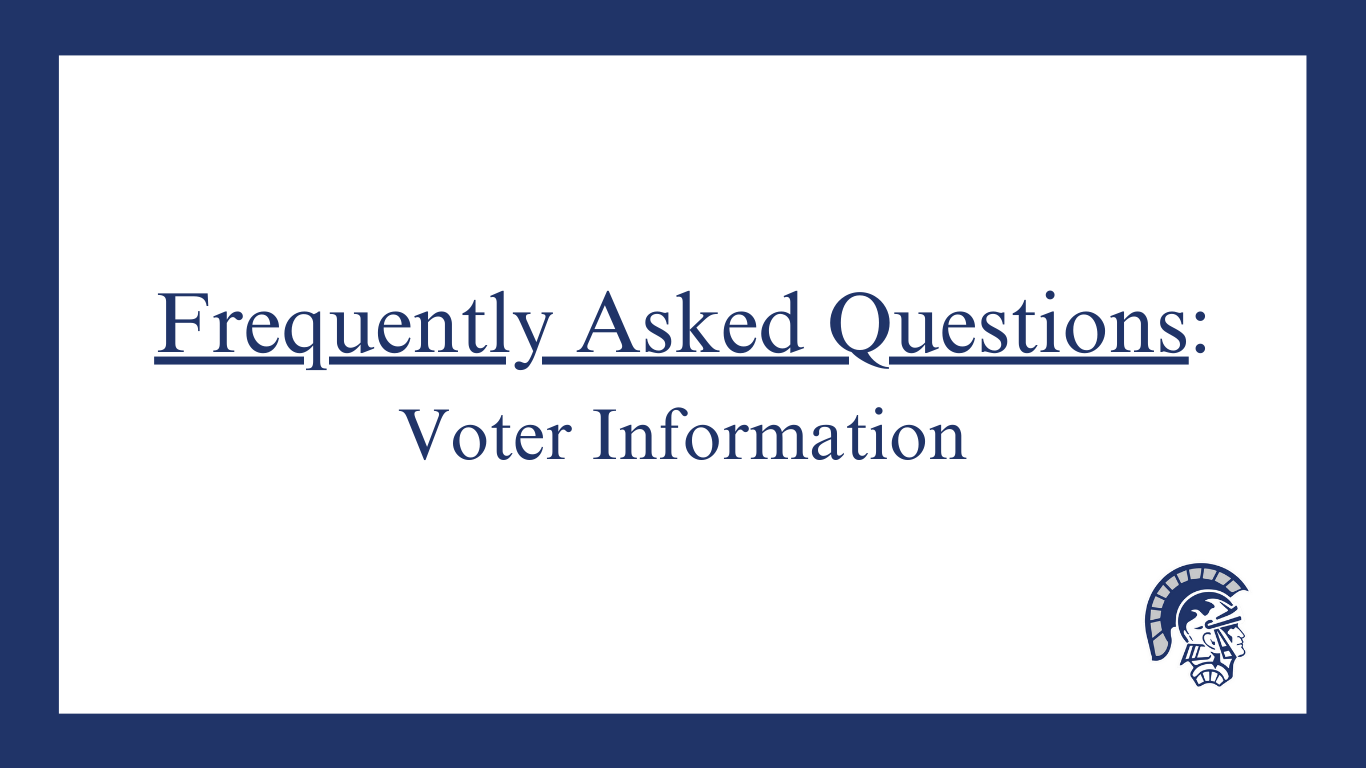
When are the polls open to vote on November 5, 2024?
The election polls will open at 7:00 a.m. and close at 8:00 p.m. on Tuesday, November 5, 2024.
How can a Michigan resident register to vote?
To learn more about voter registration, such as eligibility requirements, how to register to vote in Michigan, and updating or canceling voter registration, go to: https://www.michigan.gov/sos/elections/voting/register-to-vote.
When can residents register to vote?
Methods and requirements for voter registration depend on the following deadlines. For more information, go to: https://www.michigan.gov/sos/elections/voting/register-to-vote.
- If there are 15 days or more before the election, voters can register online, by mail, or in person.
- Voters may register in person through Tuesday, November 5, 2024 (Election Day) by visiting their local clerk’s office to register in person with proof of residency documentation.
Who can vote by absentee ballot?
All registered voters in Michigan have the right to vote by mail using an absentee ballot delivered to their home. Voters can also request an absentee ballot directly from their local clerk’s office. Absentee ballots are available beginning 40 days prior to every election.
Michigan voters can decide to be placed on a permanent absentee ballot list. The local clerk will then mail them an absentee ballot for all local, state, and federal elections.
Where can voters go to learn more about absentee voting?
For more information about absentee voting, visit the website below:
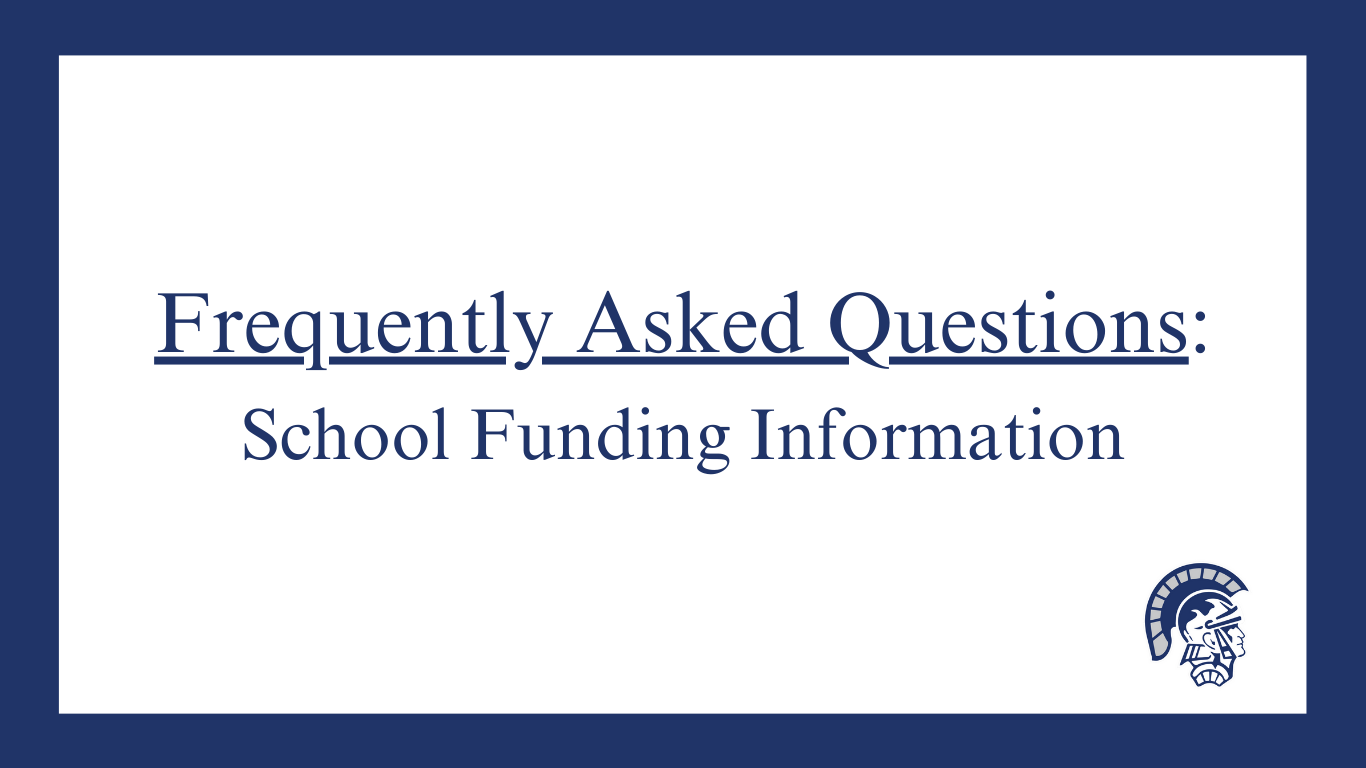
How are schools funded?
In 1994, statewide ballot question was considered, called Proposal A. Michigan voters approved it, and school funding in Michigan changed dramatically. After Proposal A, the structure of funding local schools through local homeowners’ property taxes shifted to equalize school funding across the state. A statewide education tax of 6 mills on all property was established. Other sources like state sales and income tax, lottery revenue, tobacco and use taxes contribute to school funding. Additionally, local school operating millages were capped at 18 mills.
School district operating funds then were calculated on a per-pupil amount, called the foundation allowance. This enabled the lowest funded schools in the state to receive a basic level of funding, which helped narrow the funding gap between school districts.
Districts receive most of their funding on a per-pupil basis. The foundation allowance for Fruitport Community Schools is currently $9,608 per pupil. This represents a significant portion of Fruitport Community Schools’ revenue and is funded from 2 sources: 1.) Local Revenue – 18 mills collected on non-homestead property, and 2.) State Revenue.
Fruitport Community Schools must collect a local “non-homestead” operating millage for this portion of its budget to obtain the full foundation allowance amount.
How does the state allocate funds to school districts?
Public schools in Michigan are primarily funded on a per-pupil basis using the pupil blend count, also known as the State Aid Membership. Each district counts the number of students twice during a school year, once in October and once in February. The state decides the amount of foundation allowance for each school district and multiplies that number by the number of countable students in the district.
The foundation allowance has two components: state aid and local non-homestead property taxes. The state calculates its portion of the foundation allowance as if the district is collecting 18 mills, whether true or not. If the voters do not approve the 18 mills levy, the state does not make up the difference and the district does not receive the full foundation allowance.
How is the 18 mill non-homestead renewal different from a bond millage?
A bond millage is used explicitly to retire debt borrowed to finance capital assets such as renovation, instructional equipment, site improvements, buildings, and additions. Bond dollars cannot be used for the District’s general operations. The 18 mill non-homestead millage renewal is specific to the general operations of the District, and will mean a loss of funding if not approved. The State does not make up this revenue if the voters do not approve the non-homestead operating millage proposal.
Paid for by Fruitport Community Schools, 3255 E. Pontaluna Rd., Fruitport, MI 49415
